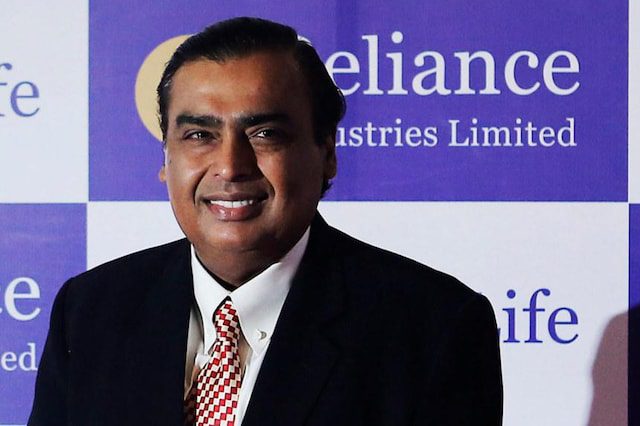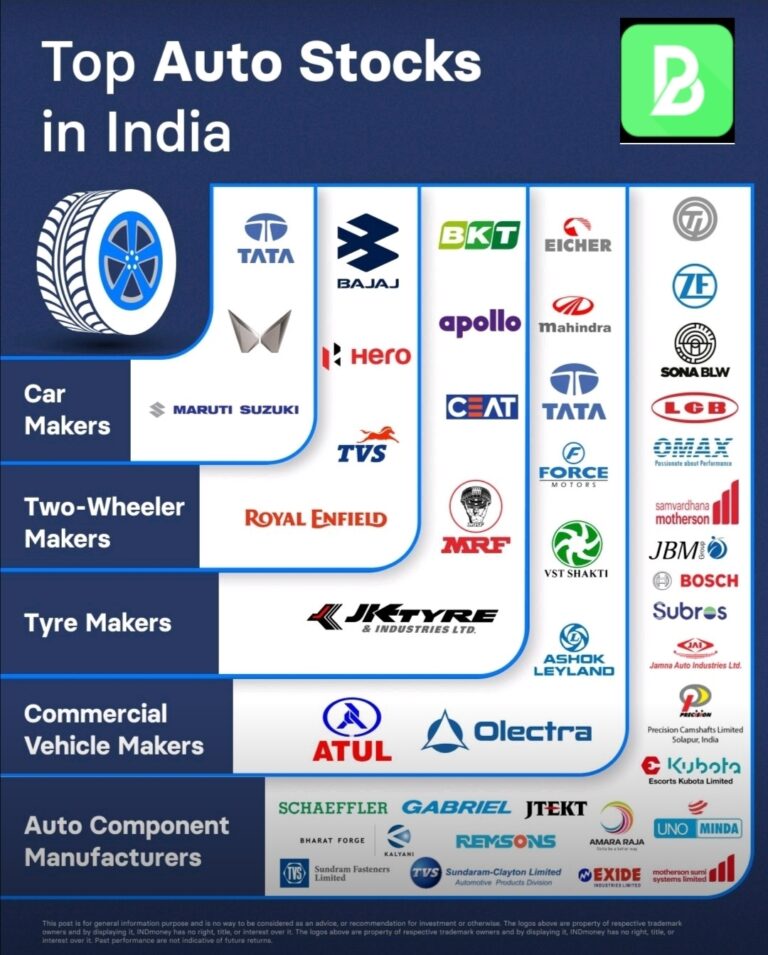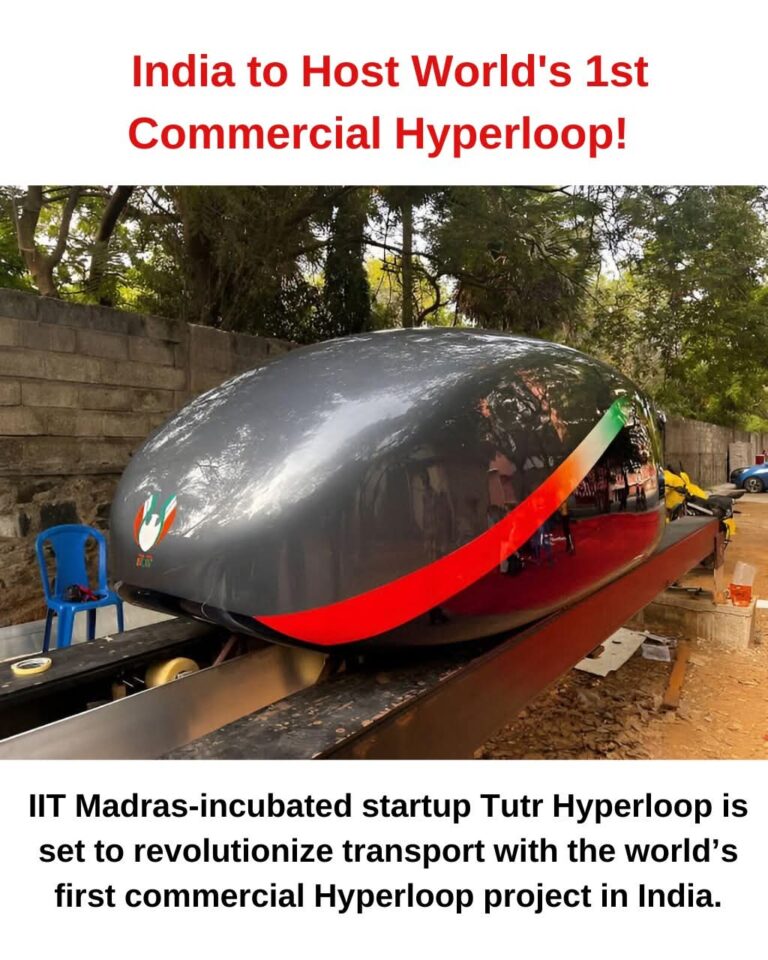
Similar Posts

The Evolution and Survival Strategies of Yahoo, Sify, and Rediff in the U.S. and Indian Markets
This content is restricted to site members. If you are an existing user, please log in. New users may register below.Existing Users Log InUsername or EmailPassword Remember Me New User RegistrationChoose a Username*First Name*Last Name*Address 1*Address 2City*State*Zip*Country*Phone*Email*PasswordConfirm PasswordHint: The password should be at least 8 characters long. Require upper and lower case letters. Require numbers. Require special…

Where Does Mukesh Ambani Invest His Billions?
This content is restricted to site members. If you are an existing user, please log in. New users may register below.Existing Users Log InUsername or EmailPassword Remember Me New User RegistrationChoose a Username*First Name*Last Name*Address 1*Address 2City*State*Zip*Country*Phone*Email*PasswordConfirm PasswordHint: The password should be at least 8 characters long. Require upper and lower case letters. Require numbers. Require special…

Top Auto Stocks in India: Growth, Economic Impact, and Global Comparison
This content is restricted to site members. If you are an existing user, please log in. New users may register below.Existing Users Log InUsername or EmailPassword Remember Me New User RegistrationChoose a Username*First Name*Last Name*Address 1*Address 2City*State*Zip*Country*Phone*Email*PasswordConfirm PasswordHint: The password should be at least 8 characters long. Require upper and lower case letters. Require numbers. Require special…

Warren Buffett’s Apple Move: A Strategic Analysis
This content is restricted to site members. If you are an existing user, please log in. New users may register below.Existing Users Log InUsername or EmailPassword Remember Me New User RegistrationChoose a Username*First Name*Last Name*Address 1*Address 2City*State*Zip*Country*Phone*Email*PasswordConfirm PasswordHint: The password should be at least 8 characters long. Require upper and lower case letters. Require numbers. Require special…

Why Smart Cities Mission Struggled in India: A State-Wise Overview
This content is restricted to site members. If you are an existing user, please log in. New users may register below.Existing Users Log InUsername or EmailPassword Remember Me New User RegistrationChoose a Username*First Name*Last Name*Address 1*Address 2City*State*Zip*Country*Phone*Email*PasswordConfirm PasswordHint: The password should be at least 8 characters long. Require upper and lower case letters. Require numbers. Require special…

Tutr Hyperloop: Business Strategies for India’s First Commercial Hyperloop Project
This content is restricted to site members. If you are an existing user, please log in. New users may register below.Existing Users Log InUsername or EmailPassword Remember Me New User RegistrationChoose a Username*First Name*Last Name*Address 1*Address 2City*State*Zip*Country*Phone*Email*PasswordConfirm PasswordHint: The password should be at least 8 characters long. Require upper and lower case letters. Require numbers. Require special…
